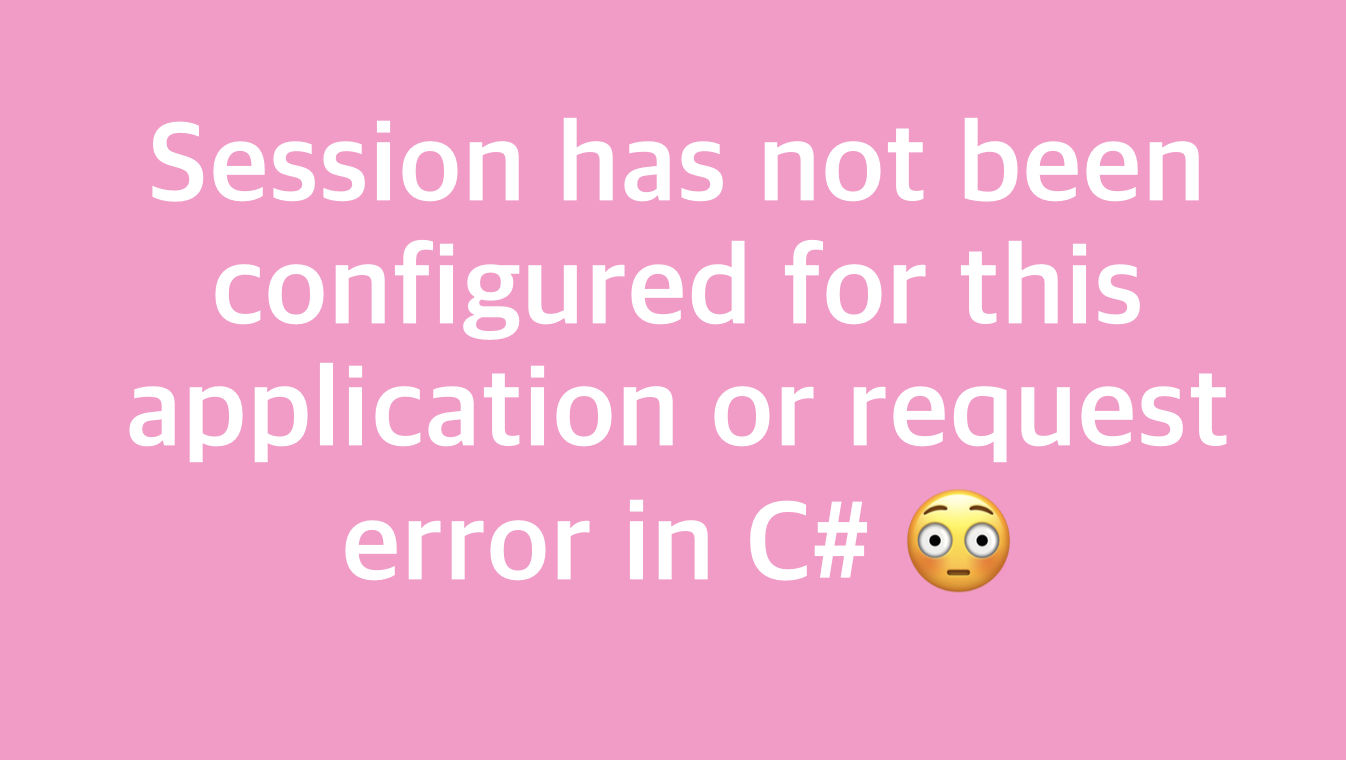Gravando Erros com Exception . Parte I
Descrição do artigo publicado no aspneti.com, cada artigo com seu resumo
Usando arquivo de log.
Subscribe ecode10.com
Receive our latest updates about programming languages, software, database, books, ebooks, classes, jobs and more.
You can cancel anytime.
Log In
Subscribe now
Related articles
Session has not been configured for this application or request error in C# Razor applications
Showing code step by step
Como fazer uma tabela no C# com paginação, busca e ordenação? [vídeo]
Um passo a passo que te ajuda
Create a free account, o log in
Gain access to limited free articles, news alerts, select newsletters, podcasts and some daily games.
| ✓ Full articles, ✓ Write forums, ✓ Access podcast, ✓ Full jobs opportunities, ✓ Access eBooks, ✓ Access magazine, ✓ Access videos | Subscribe | ||
| Enjoy unlimited access to all of ecode10.com and our group. |

 Mauricio Junior
Mauricio Junior


